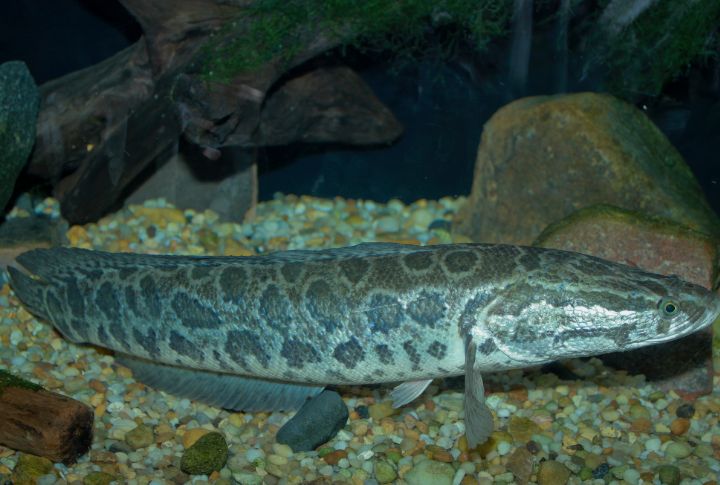
What looks like a fish, acts like a reptile, and eats like a bird of prey? It’s the Frankenfish, also called the northern snakehead. U.S. scientists didn’t expect to raise alarms, but sightings are continuously growing. This invasive fish is spreading fast across the country. Let’s find out which states are already on high alert.
Maryland
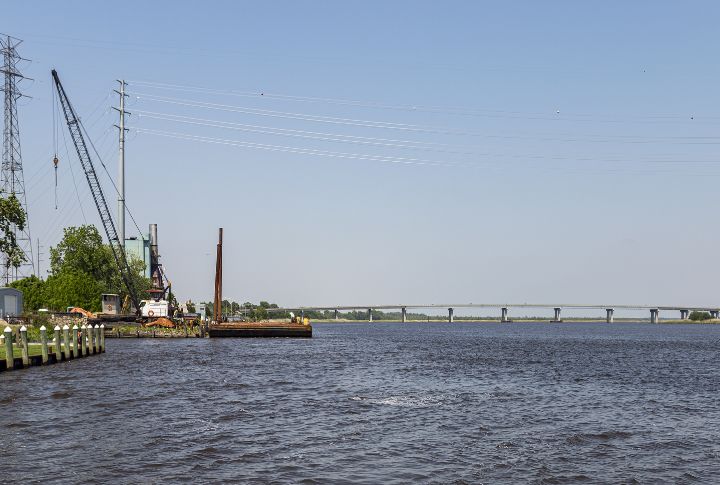
A fisherman casting in Crofton once pulled up something that stunned biologists: a fish with lungs and a body strong enough to slither across grass. Identified as the northern snakehead, it kicked off a two-decade battle. The creature had already begun its silent takeover of local waterways.
Pennsylvania
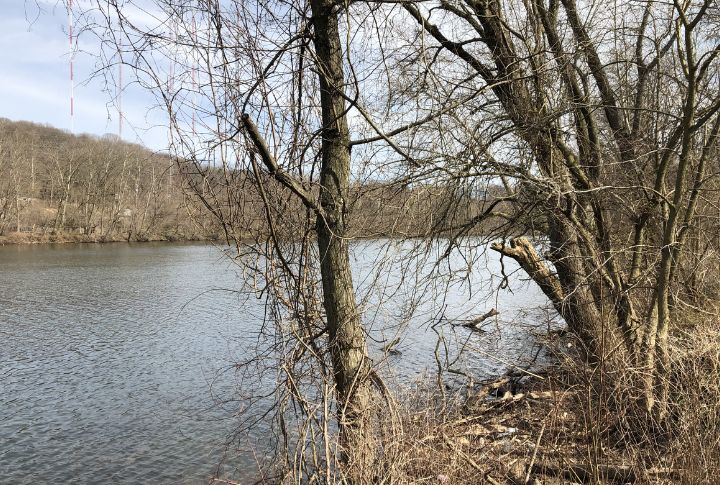
Could a single catch shift an entire state’s conservation agenda? In 2025, Pennsylvania said yes when the Schuylkill River produced a northern snakehead. Officials feared its amphibious nature would spark a regional spread. Reporting and removal became urgent priorities as wildlife officers worked to contain the fast-moving aquatic invader.
Virginia
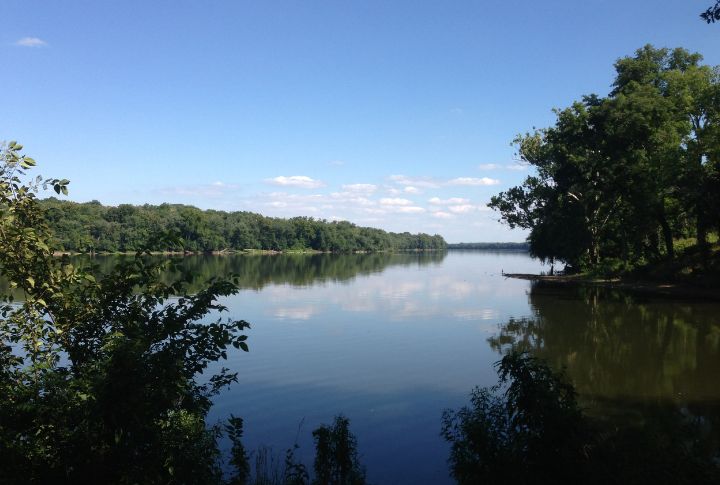
In 2004, Virginia confirmed the presence of the invasive snakehead fish. This introduction led to increased competition in rivers such as the Potomac, where native species struggled for resources. To combat the threat, authorities implemented fishing warnings and community outreach campaigns.
New York

Urban parks weren’t prepared for what surfaced in Queens. Two Frankenfish were found in 2008, challenging assumptions about city waters being immune to rural invasions. Their appearance jolted officials into launching aggressive removal plans. Surveillance expanded, and residents were warned: watch your ponds.
Georgia
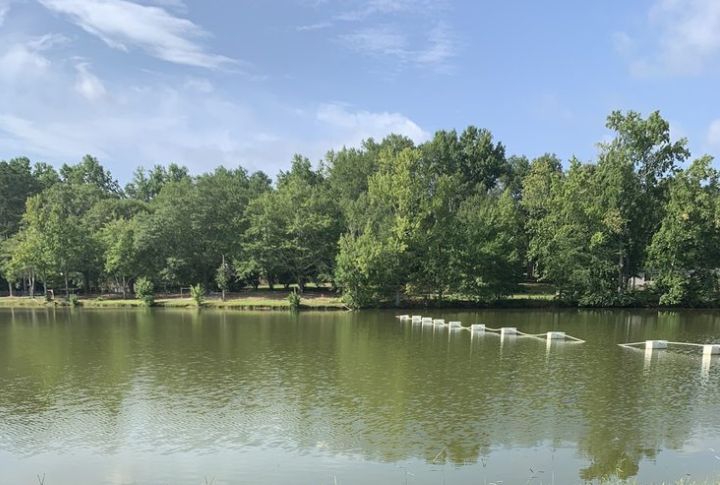
No one expected Gwinnett County’s pond to become the epicenter of a growing southern invasion. That changed in 2019, when the northern snakehead was discovered. Authorities wasted no time enforcing a kill-on-sight rule, although the fish had already begun establishing itself in Georgia’s fertile waters.
Florida
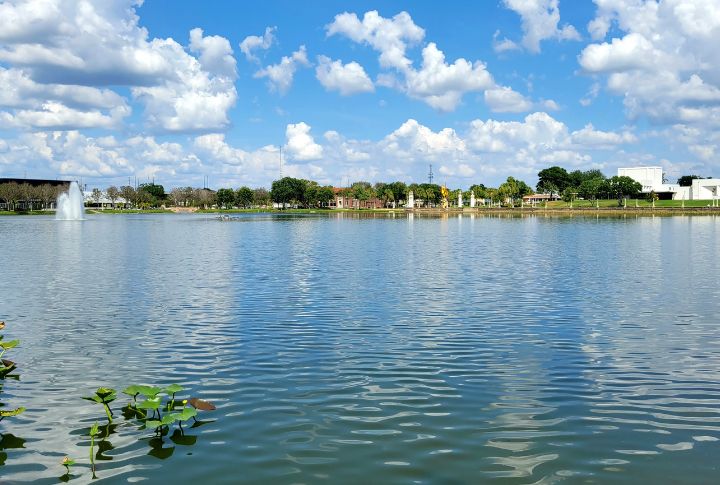
No ecosystem stays untouched forever. Florida has officially joined the Frankenfish map, as its sprawling wetlands offer ideal breeding grounds for this invasive species. Officials expanded surveillance and educated anglers to protect native wildlife in 2020.
Delaware

Delaware’s first northern snakehead sighting occurred in 2004 in a Nanticoke River tributary. In response, state officials quickly implemented monitoring and public education campaigns to raise awareness. Ongoing efforts now focus on preventing this invasive species from establishing a foothold in Delaware’s fragile aquatic ecosystems.
Missouri

How did a fish from Asia find its way to a ditch in rural Missouri? That’s the question wildlife authorities asked in 2019. The answer: adaptability and possible human release. Local anglers were immediately advised to kill any Frankenfish they see. Conservation teams also ramped up inspections and public reporting protocols.
Arkansas

Eastern Arkansas saw a troubling trend. Since 2018, snakehead sightings have steadily increased, especially near the Mississippi River basin. Biologists began monitoring fish populations to assess ecosystem impacts. State officials now stress education and cross-border collaboration, knowing this predator ignores state lines and thrives in silence.
Louisiana

By 2023, the inevitable happened: Louisiana joined the list. The first confirmed catch surfaced in Concordia Parish, prompting swift alerts across the region. In a state known for its vulnerable wetlands, Frankenfish invasion carries serious weight. Local engagement and real-time monitoring now stand between containment and chaos.
